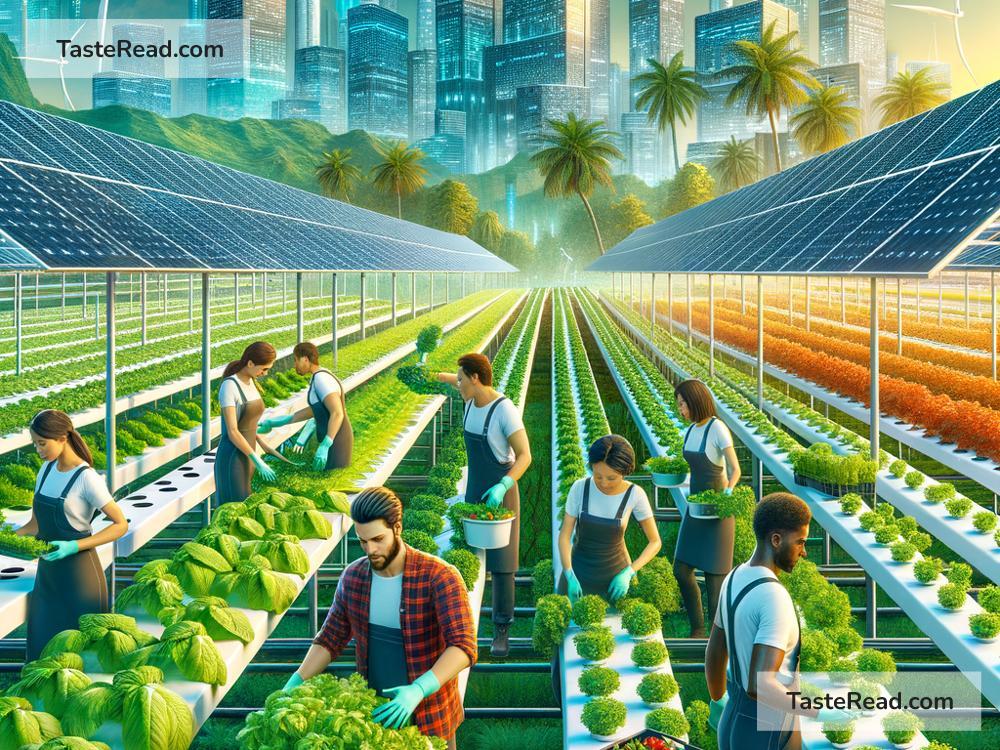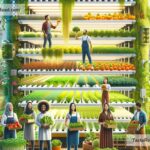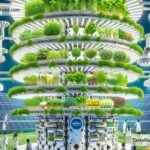The Future of Food and Environmental Stewardship: A Recipe for Change
Food is more than just something we eat—it’s deeply connected to our health, our culture, and our environment. Right now, the way we produce, grow, and consume food is having a big impact on the planet. Climate change, deforestation, soil degradation, and water scarcity are serious problems tied to food systems across the world. It’s clear that we need to rethink how we approach food and take better care of the environment at the same time.
So, what will the future of food look like? And how can we ensure that it supports the planet, not harms it? With smarter choices, innovative technologies, and community efforts, we can create a healthier food system while protecting the earth. Here’s how the future of food and environmental stewardship might unfold—and what it means for all of us.
Growing Food That’s Good for the Planet
Food production today often takes a heavy toll on the environment. For example, cutting down forests to make room for farms destroys habitats and accelerates climate change. Chemical fertilizers and pesticides pollute water and harm wildlife. Over-farming damages the soil, making it harder to grow crops in the future. But there’s hope. Farmers, scientists, and innovators around the world are exploring new ways to grow food that is sustainable.
One solution is regenerative farming, a method that restores soils instead of depleting them. By rotating crops, planting cover crops, and using natural compost, farmers can help the soil stay healthy and rich in nutrients. Healthy soil also absorbs more carbon from the air, which helps fight climate change.
Another exciting idea is urban farming—growing food in cities. Rooftop gardens, vertical farms, and community greenhouses allow people to grow fresh food closer to home. This reduces the need to transport food over long distances, which cuts down on greenhouse gas emissions. Urban farming also helps make fresh vegetables more accessible to people who don’t have farmland nearby.
Smart Technology for Better Food Systems
Technology is transforming agriculture in ways we never imagined. Robots can plant seeds, monitor crops, and even harvest produce. Drones equipped with cameras can track the health of large fields, spotting issues like pests or diseases before they get out of control. These technologies make farming more efficient, reducing waste and using fewer resources.
There’s also a growing interest in alternative proteins. Traditional meat production, especially beef, has a huge environmental impact. It requires lots of water, land, and energy, and it produces large amounts of greenhouse gases. To address this, scientists are creating new sources of protein, such as plant-based meat made from soy, peas, and beans. Another emerging technology is lab-grown meat, where meat is created from animal cells in a lab without raising or slaughtering animals.
In addition, food engineers are working on creating “climate-resilient” crops—plants that can survive extreme weather conditions like droughts or floods. These crops use less water and can grow in areas where food production is currently impossible. This means everyone can benefit from a more stable and reliable food supply, even as weather patterns become unpredictable.
Cutting Food Waste
Food waste is a major challenge when it comes to both feeding people and protecting the planet. Globally, about one-third of all food produced is wasted, whether it’s thrown away at grocery stores, left uneaten in restaurants, or spoiled at home. Wasting food also wastes the resources used to make it, like water and energy.
The future needs smarter ways to tackle food waste. Apps and platforms are being developed to connect extra food with people who need it—for example, bakeries donating leftover bread to shelters. Some businesses are turning food scraps into new products, like fruit peels being used to make jams or juices. And at home, better meal planning and storing food properly can help reduce how much ends up in the trash.
Empowering Consumers to Make Sustainable Choices
The future of food isn’t just up to farmers and scientists—it’s also up to us, the consumers. We have the power to shape food systems by making thoughtful decisions every day. Choosing local and seasonal foods reduces the energy needed for transportation. Supporting farmers who use sustainable practices helps them continue their important work. And eating more plant-based meals, even just once or twice a week, can lower the environmental impact of your diet.
Education is key. Many schools are starting to teach kids about gardening, composting, and the impact of food on the environment. Social media and online platforms can spread knowledge and inspire people to join the movement for more sustainable food systems. When more people understand how their choices affect the planet, change becomes possible.
A Future That Feeds Both People and the Planet
The future of food and environmental stewardship is not about choosing between people or the planet—it’s about finding solutions that work for both. By embracing sustainable farming, smart technology, reducing waste, and making informed choices, we can create a food system that nourishes everyone while safeguarding our environment.
This transformation won’t happen overnight, but the seeds of change have already been planted. Every small step we take—whether it’s growing food in empty urban spaces, trying plant-based meals, or supporting farmers who care for the soil—brings us closer to a better future. Together, we can ensure that the Earth stays healthy and that every person has access to safe, nutritious food. After all, taking care of the planet is the best recipe for a thriving tomorrow.


